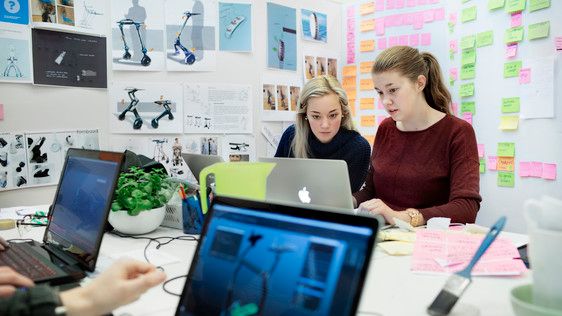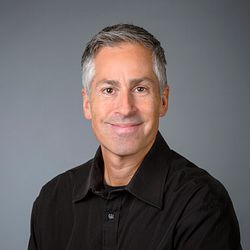
Press release -
Umeå Institute of Design ranked best in the world
“When you leave Umeå, you not only leave with a wide palette of skills, but also with a great network”, says Rebecca Daum, an Austrian student who is taking her second year of the Master’s programme in Advanced Product Design. “You will find UID alumni in all relevant design agencies and departmentsall over the world”.
When asked why Umeå Institute of Design have received so many design awards and international attention over the years she says:
“The projects we carry out focus on problem areas that matter and are relevant for the people in our time. In addition to that, the university environment provides you with everything you need for a successful project, whether it is facilities or staff.”
This year, Rebecca received two iF student awards for two projects that she worked on during her first study year at the Institute.
“The school invites people from the industry as collaboration partners. From these people we get knowledge and relevant feedback on our work”, says Rebecca Daum.
Umeå Institute of Design at Umeå University has been ranked highest in Europe and America by Red Dot for several years. But it is the first time for the school to grab the first place in the iF ranking that also includes design schools in Asia. The ranking is based upon the student achievements in the two design competitions the past five and three years.
Thomas Degn, programme director of the Master’s programme in Advanced Product Design:“A closer look at the Red Dot and the iF rankings shows that Umeå Institute of Design is the only design school to have placed itself in the top ten of both rankings,” he says. “That is another proof that the school’s continuous focus on relevant user and societal problems and challenges is appreciated by the international designer community. We teach our students creative tools and work methods and the importance of having a responsible attitude to the trade, and they are considered as highly relevant to the profession.”
“In my mind, one of several reasons behind the success of our institute is that we are trying to creatively challenge ourselves,” says Thomas Degn. “We trust our students and support them in their individual development. We are also striving towards being an inspiring collaborative partner to society at large, as well as Swedish and international companies. That encourages a positive development among teachers and to the school. That’s also what makes it so much fun to work here.”
Read more about the Red Dot Institute ranking
Read more about the iF ranking
Read more about Umeå Institute of Design
For more information, please contact:
Thomas Degn, Programme director, Master’s programme in Advanced product design, Umeå Institute of Design
Phone: +46907867741
E-mail: thomas.degn@umu.se
Demian Horst, Deputy rector for strategic collaboration, Umeå Institute of Design
Phone: +46907869782
E-mail: demian.horst@umu.se
Topics
Categories
Umeå University
Umeå University is one of Sweden's largest institutions of higher learning with over 32,000 students and 4,200 employees. We have a well-established international research profile and a broad range of study options. Our campus constitutes an inspiring environment that encourages interdisciplinary meetings - between students, researchers, teachers and external stakeholders. Through collaboration with other members of society, we contribute to the development and strengthen the quality of our research and education.

